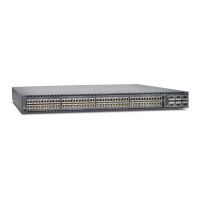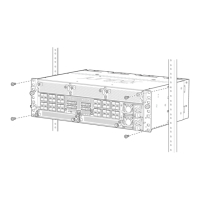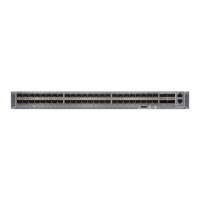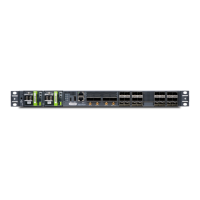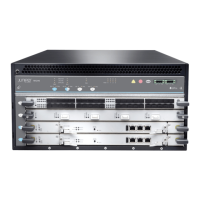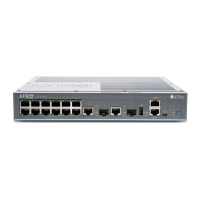NOTE:
•
The local name is any string from 1 through 32 characters in length,
starting with an alphanumeric or underscore character, and including
only the following characters:
a-z A-Z 0-9 % @ # / \ . _ -
•
By default, when CHAP is enabled on an interface, the interface uses
the router’s system hostname as the name sent in CHAP challenge and
response packets.
4. You can configure the interface not to challenge its peer, and only respond when
challenged. To configure the interface not to challenge its peer, include the passive
statement at the [edit interfaces interface-name ppp-options chap] hierarchy level:
[edit interfaces interface-name ppp-options chap]
user@host# set passive;
NOTE: By default, when CHAP is enabled on an interface, the interface
always challenges its peer and responds to challenges from its peer.
Displaying the Configured PPP Challenge Handshake Authentication Protocol
Purpose To display the configured PPP CHAP at the [edit access] and [edit interfaces] hierarchy
levels.
• Access profile—pe-A-ppp-clients
• default CHAP secret data—"$ABC123"
• hostname for the CHAP challenge and response packets—"pe-A-so-1/1/1"
• Interface—so-1/1/2
Action Run the show command at the [edit access] hierarchy level.•
profile pe-A-ppp-clients;
client cpe-1 chap-secret "$ABC123";
# SECRET-DATA
[edit interfaces so-1/2/0]
encapsulation ppp;
ppp-options {
chap {
access-profile pe-A-ppp-clients;
default-chap-secret "$ABC123";
local-name "pe-A-so-1/1/1";
}
}
• Run the show command at the [edit interfaces s0-1/1/2] hierarchy level.
495Copyright © 2017, Juniper Networks, Inc.
Chapter 16: Configuring Point-to-Point Protocol (PPP)
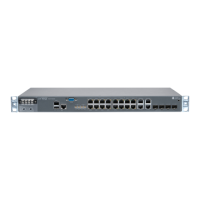
